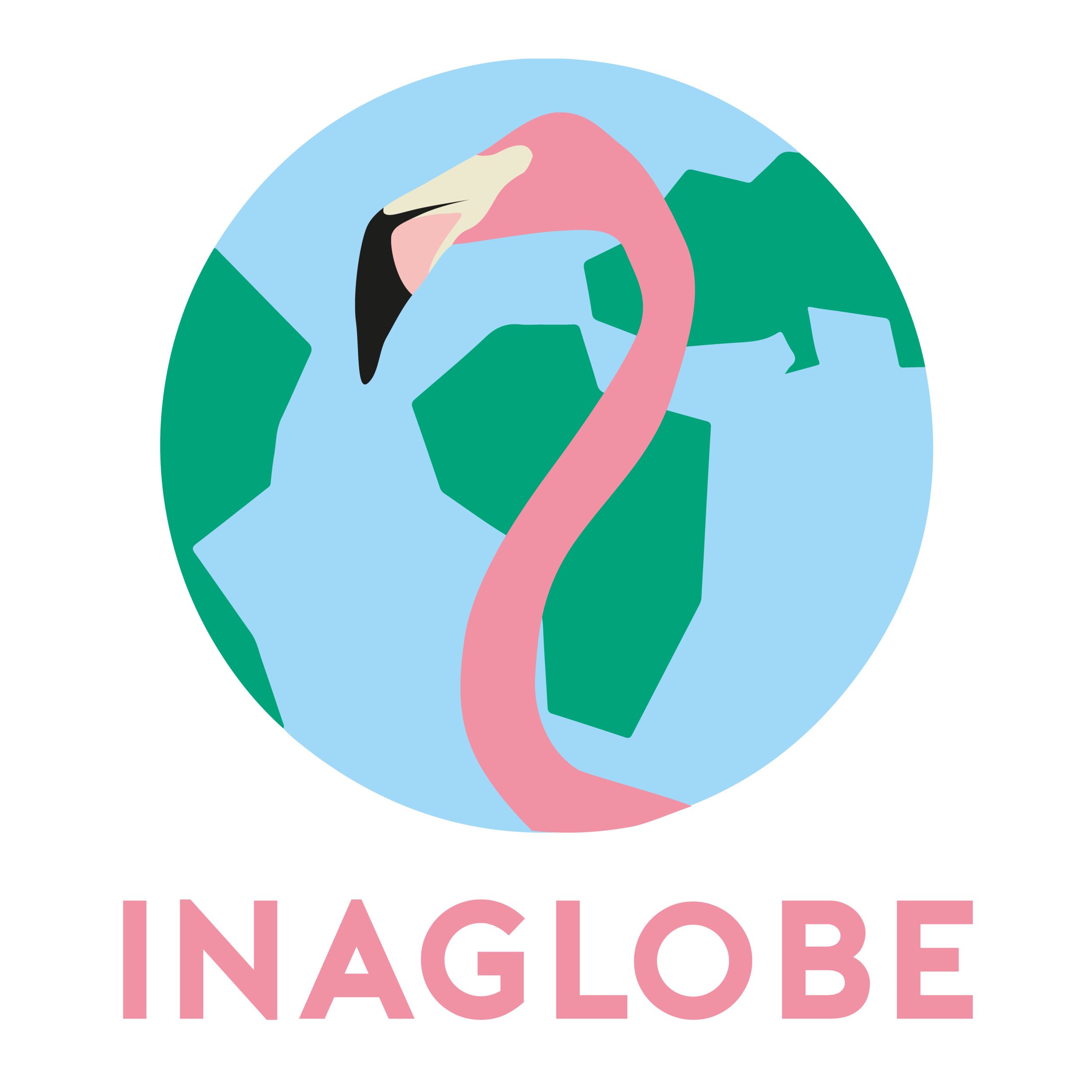With this blog post I seek to give a perspective on how structural racism is a part of development and also expand and develop InAGlobe’s position on certain issues. This will be done by exploring how technological innovation and collaborative design can be used to make the world a more equitable place by addressing the specific needs of the people we seek to innovate for.
Read More“Health spending is not a cost, it’s an investment in poverty reduction, jobs, productivity, inclusive economic growth, and healthier, safer, fairer societies.”1 This was said by Dr Tedros Adhanom Ghebreyesus, World Health Organisation (WHO) Director-General. The health of each individual affects not just themselves but also society.
Read MoreInclusive education is a concept that stems from the idea that all children around the world, regardless of disability, race, class, sex, religion or language, are entitled to an education. It contains many similarities to the more widely known method of integration, which focuses primarily on disability and special needs.
Read MoreNowadays, basic education is expected from the government and the law requires citizens to attend school up to a certain level. Education is not only a human right, it is also a duty to fulfil. Indeed, literacy rates and enrolment rates have increased over the years, in which there were 62 million out-of-school lower secondary school children in 2015, a large decrease from 97 million in 2000 (UNICEF, 2019). However, if we really recognise education as a right, then much can still be done since there are still people who are illiterate (according to UNESCO (2017), 750 million people) or unable to attend school.
Read More